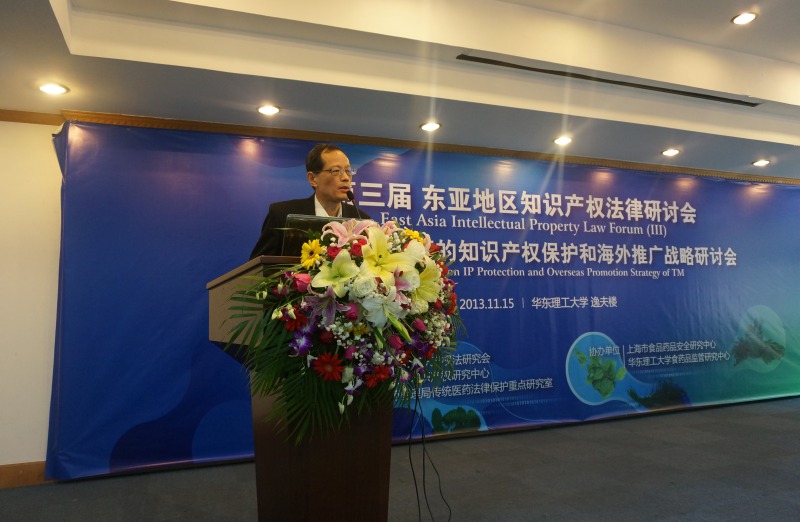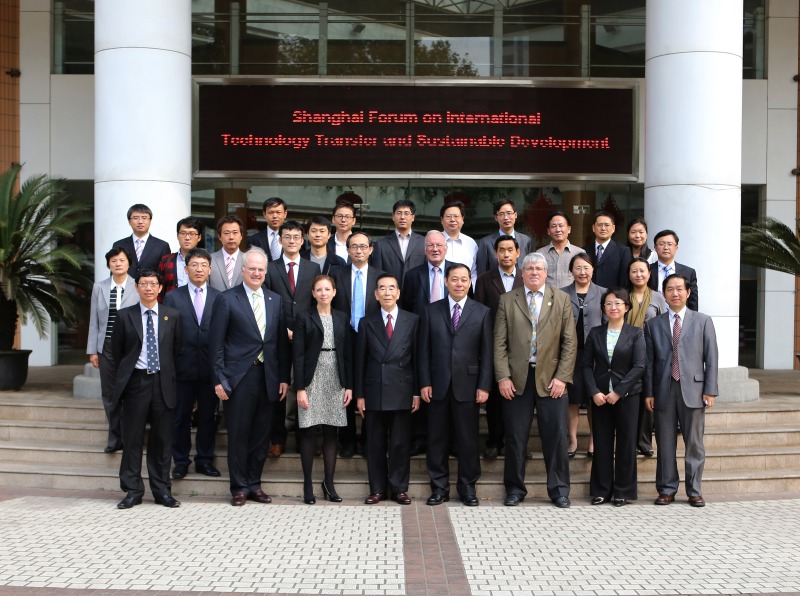Impact of Nagoya Protocol on Forest Genetics Resources Access in China
Zong Yicheng, LiQiling, Zheng Yongqi
World ForestryResearch 2015(6)
Abstract:Nagoya Protocol is a convention on bio-genetic resources utilization, which wasborn from the Convention on Biological Diversity (CBD), and its signing will play active supervising and regulating roles in the allocation of benefits from resources utilization between countries with rich genetic resources and the ones that use genetic resources. This paper discusses the impact of Nagoya Protocol on resources access in China from the perspective of forest treegenetic resources. In china, forest genetic resources are managed by different bodies on the ownership base. According to its production and management style,forest genetic resources have three types of ownership which include national,collective and personal ownership. There is no specific laws and regulations governing bio-genetic resources accessing and accordingly benefits sharing. The signing of Nagoya Protocol will promote the formulation and improvement of national laws and regulations on forest genetic resources, regulate the protection and accessing of the genetic resources, effectively prevent the illegal loss of these resources, boost the cultivation and protection of newplant varieties, and increase the income of provider of forest genetics. Chinais an important provider and user of genetic resources. But the research anddevelopment of bio-tech and industry are still at the infant stage, and it isdifficult to achieve the protection and utilization level of development countries. Therefore, it is recommended that the Chinese Government approve the protocol at due course.
Key words: Nagoya Protocol, forestgenetics resources, accessing, resources utilization, resources protection,China
This paper can be divided into fiveparts:
The first part introduces the signatureand performance of CBD around the world. Now there are 92 countries who havesigned the Nagoya Protocol and there are 51 countries approving it.
The second part points out theperformance of CBD in China and the attitude to Nagoya Protocol. China joined the CBD in 1992. It went into effect on Dec 29, 1993. China, as a country full of bio-genetic resources, in order to coordinate the CBD, has formulated lots of rules and regulations. As for the Nagoya Protocol, because of the limit of technology, China is doing research and will join in a right time.
The third part introduces the beneficial effects of Nagoya Protocol on forest genetics resources access in China. The signing of Nagoya Protocol will promote the formulation and improvement ofnational laws and regulations on forest genetic resources, regulating theprotection and accessing of the genetic resources, effectively preventing theillegal loss of these resources, boosting the cultivation and protection of new plant varieties.
The forth part introduces thepresent situation and main problems on forest genetic resources. Frist of all,the present legal system cannot effectively protect the accessing and sharing of forest genetic resources. Secondly, there is a supervision vacancy inprotecting. Thirdly, it is difficult to confirm the ownership of forest geneticresources. Fourthly, the source disclosure system of genetic resource is imperfect.
Finally, it puts forward some suggestions which include perfecting the legal system, improving the administrative procedure and raising superintendency level.
next:Research on GMF Safety Social Regulation in China


